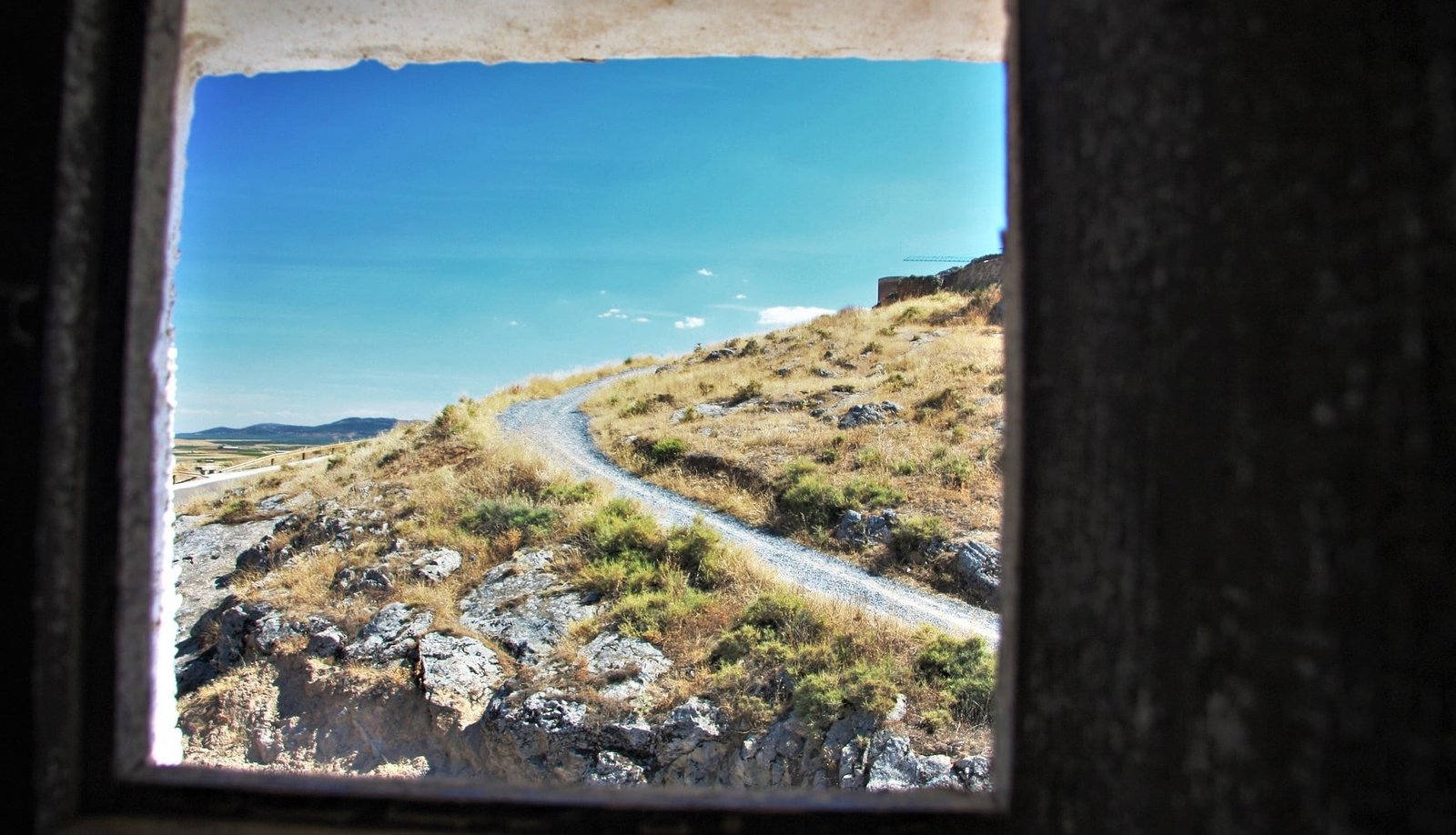It was late afternoon, and we were having tea. But it was not just any tea and it was not just any afternoon. We were in Bath, one of the most beautiful cities in England, surrounded by rows of elegant houses built in a classical Georgian style, housing world-class museums, natural thermal spas, and boutique shops. We were lounging on wooden benches with colorful pillows in a perfectly modern restaurant while indulging in the very traditional ritual of Afternoon Tea. In front of us, charmingly displayed, was a selection of freshly prepared finger sandwiches, warm scones with clotted cream, a variety of cakes and pastries, and two elegant teapots brewing our teas of choice from a very extensive list. The owner, a handsome man in his early 30s, presented us with oolongs and pu-erhs and explained how to brew a perfect English cup of tea, even setting up timers to make sure that newbies like us did not over or under-brew his cherished tea leaves. He described the differences in teas with the fervor of a French sommelier recounting the differences in grapes grown on two different sides of the same hill. We listened, nodded, and sneaked bites of delicious cucumber salmon sandwiches while he carried on.
After Bath, we spent days touring picturesque Cotswold villages, their honey-hued stone cottages with piled-on straw roofs, and winding streets, dotted with centuries-old churches and even older pubs. The same exact days when local media was going crazy that newlyweds Harry and Meghan were spending their post-honeymoon days in a sweeping rural estate in one of the Cotswold Villages, we wore out our shoes on cobblestone sloping streets lined with wisteria-draped brick walls and gorgeous rose gardens. This looked like stereotypical England, as most tourists imagine it from Downton Abbey and The Crown episodes. It rained an appropriate amount, or almost every day, we drank dark beer at local pubs and ate inappropriately large and greasy breakfasts with fried everything – from eggs to tomatoes. We didn’t think England could surprise us. And then we got to Glastonbury.


The only thing I knew about Glastonbury is that the nearby village hosts the Glastonbury Festival, one of the most exclusive musical festivals in the world. But we were not there during festival days and just planned to see the town. I hazily remembered reading that this place was the mecca of paganism but wasn’t sure what exactly that meant. The moment we parked the car and stepped onto Glastonbury street, I could see this was going to be… a little strange. Sidewalks were full of people dressed like hippies, with flowing skirts, beads, long beards, and tunics. The storefronts displayed healing crystals priced at hundreds of pounds, chanting spells on yellow-stained paper, and glass beakers of various herbs. Above this bizarre display of wares, I could see our very puzzled reflections in the shop window.
Victor and I are both very practical people. We grew up in the atheist Soviet Union where schoolteachers took time out of regular lessons to cast doubts on old superstitions and criticize the religious leanings of the older and rural Russian population. Despite this, the number of places of worship we have visited in our travels is simply astonishing. If we can count up all churches, mosques, synagogues, as well as Buddhist, Shinto, Hindu, Taoist, Confucian, and Jain temples, the total tally will likely be in the hundreds. Religion is often inextricably woven into the culture of places we visit, and learning religious history generally helps us to better understand places and people who live there. We usually keep an open mind, remain respectful, and try not to judge even if certain religious principles do not align with our views of the world or our values. Except… in Glastonbury.
I am a skeptic in general, but especially when it comes to the idea of healing crystals, miraculous prayer chants, and magic beans. I could not help but roll my eyes at both the useless things being sold, as well as the outrageous prices.
“So… what else is there to see in this town?” I asked Victor, as a man dressed as a Druid passed us by.
“Next stop, the ruins of Glastonbury Abbey!” Glastonbury Abbey is one of the oldest Christian sites in Britain, with the surviving buildings showcasing gorgeous Norman architecture. As we wandered around the well-maintained Abbey grounds, it became clear why this place has been shrouded in mystery and legend since its inception. The grand archways and massive stone columns surrounded by rolling hills possess this enigmatic quality as if anything is real and magic is possible. Legends have it that Glastonbury Abbey was founded by the biblical figure of Joseph in the 1st century and that Christ himself traveled with Joseph from the Holy Land to help with the building work. While legends that Mary or Jesus appeared to direct a building of a monastery or a church are very common around Europe, having actual Jesus physically build your Abbey is on a whole new level. Nothing humble about Glastonbury legends – it’s go big or go home! In the 12th century, when pilgrim visits declined, the Abbey miraculously discovered King Arthur and Queen Guinevere’s tombs in their cemetery, thus assuring a steady stream of visitors and raising funds to repair the Abbey. I found this publicity stunt dating back nine centuries to be very much in character for this town – only this place has this audacity to sell a very real final resting place of a very much fictitious king.


The next stop was the top of a high hump-shaped hill called Glastonbury Tor, a site of yet more unlikely legends. Believe it or not (and I certainly didn’t), this is yet another resting place of King Arthur! Apparently, medieval monks believed that Glastonbury was the mysterious Avalon where King Arthur came to heal his wounds after his final battle, and thus multiple legends have him buried all over Glastonbury. Tor is a conical hill, the slopes of which have deep roughly symmetrical terraces of unexplained origin. This famous landmark is topped with 14th-century roofless St Michael’s Tower and a steady stream of tourists and pagan worshipers climbing up and down. We enjoyed the view of the town from the top as much as we enjoyed people-watching. There were a couple of pagans meditating and sprawled next to them on grass, a man was trying to get his inattentive dog to take a selfie with him.
As we climbed down the hill, I realized that Glastonbury shop windows are simply the latest modern reincarnation of the spirit of mysticism that has always existed here. As I contemplated the strange and the mysterious and the people who believed in it, I almost lost my balance and slipped on a thin stream of water that was running across the sidewalk. I looked up and was surprised to discover the water was flowing out of a decrepit stone building. I was about to keep walking when Victor squinted his eyes into the dark doorway of the building and said, “I wonder what’s in there…”
“Besides a major water leak?” I laughed and carefully trying to avoid the stream and various puddles, stepped inside. The answer was simple. Naked people. Inside was a large dark room with stone walls, domed vaults, and multiple large, raised pools with water pouring out of them and onto the bowed floor, lit candles strewn everywhere, and a lot of naked people. Mostly young women bathing themselves in the pool. Completely naked. I looked around in confusion. Right next to me was a creepy older man, grinning and staring at the pool. I would say that he was undressing the occupants with his eyes, but there was nothing to undress. I couldn’t hold back a grimace of disgust as I stepped away from him.
“Naked people? What do you mean?” asked Victor, stepping inside. “Oh…OK…”
We stood around awkwardly, me fighting the constant urge to reach for my camera, Victor trying to look everywhere but the pools. We pretended to admire the vaulted ceiling and watched the water run down the floor. In the end, we walked back out into the bright daylight, a little dazed and very confused. Glastonbury finally managed to mystify us.

Our initial theory was that this was a natural thermal pool, like the ones in Bath built by the Romans and then perverted by Glastonburians. We were not far off. We accidentally wandered into a White Spring Temple where the legend speaks of healing water, sacred spaces, and ceremonial bathing and meditation (also Christ may or may not have washed the Holy Grail in this water before the Last Supper). Apparently, the Chalice Well from which the water flows into this temple is considered to be a symbol of the female aspect of deity, while the male is symbolized by Glastonbury Tor. Pilgrims in search of a divine feminine journey come here from around the world. All we found were the very mortal feminine forms, but maybe we are just not spiritual enough.
I had many conflicting feelings about Glastonbury. Finally, I decided it was all about how you view it. If you suspend your disbelief and allow yourself to be led along, you are going to have a grand time. But if you approach it with a healthy dose of skepticism, you will be trapped in an equivalent of a badly staged high-school production of “Wicked”. Or, of course, if you are a part of the New Age community, a witch, a druid, a heathen, or any manner of a pagan, well then, Glastonbury welcomes you home.

